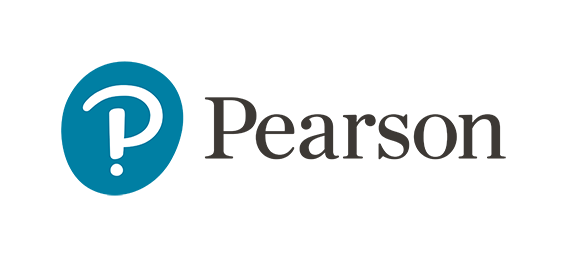
Access Point 3: Inclusive Pedagogies for Second Language Education
Accessing inclusive language education requires two key constructs of teaching practice: (1) Universal Language Actions and (2) differentiation and its various applications. Universal Language Actions facilitate and enhance a teacher’s delivery of content and students’ engagement in the lesson. Differentiated activities and instruction offer a way to organize learning events that support specific levels of needs, interests, and readiness.
Additional Resources
General
Chapter 5: Language Learners Who Need Additional Support in Understanding Oral or Written Language
Chapter 6: Language Learners Who Need Additional Support in Producing Oral and Written Language
- First, Next, Then, Last: Word / PDF
- Topic A, Topic B Comparison Chart: Word / PDF
- Cause and Effect Chart: Word / PDF
- What I Learned, What I Am Wondering About: Word / PDF
- Question and Prompt Strips for Elaboration: Word / PDF
- Oral and Written Formats for Repeated Practice of Language: Word / PDF
Chapter 7: Language Learners Who Need Additional Support in Sustaining Their Attention and Focus in the Target Language
Chapter 8: Language Learners Who Need Additional Support in Developing and Expanding Their Vocabulary
Chapter 9: Differentiation to Facilitate Access
- DLC Prompts for Exploring Information Texts: Word / PDF
- DLC Prompts for Exploring Narrative or Fictional Texts: Word / PDF
- Differentiation by Linguistic Complexity Templates: Word / PDF
- Differentiation by Linguistic Complexity and Premade Texts: Word / PDF
- What Is a WebQuest and How Do I Create One?: Word / PDF
- Jigsaw Exploration Graphic Organizers: Word / PDF
- Building a Four-Level Rubric: Word / PDF
- Rubrics for a Text Analysis: Word / PDF
- Examples of Scoring Tools and Scales: Word / PDF
